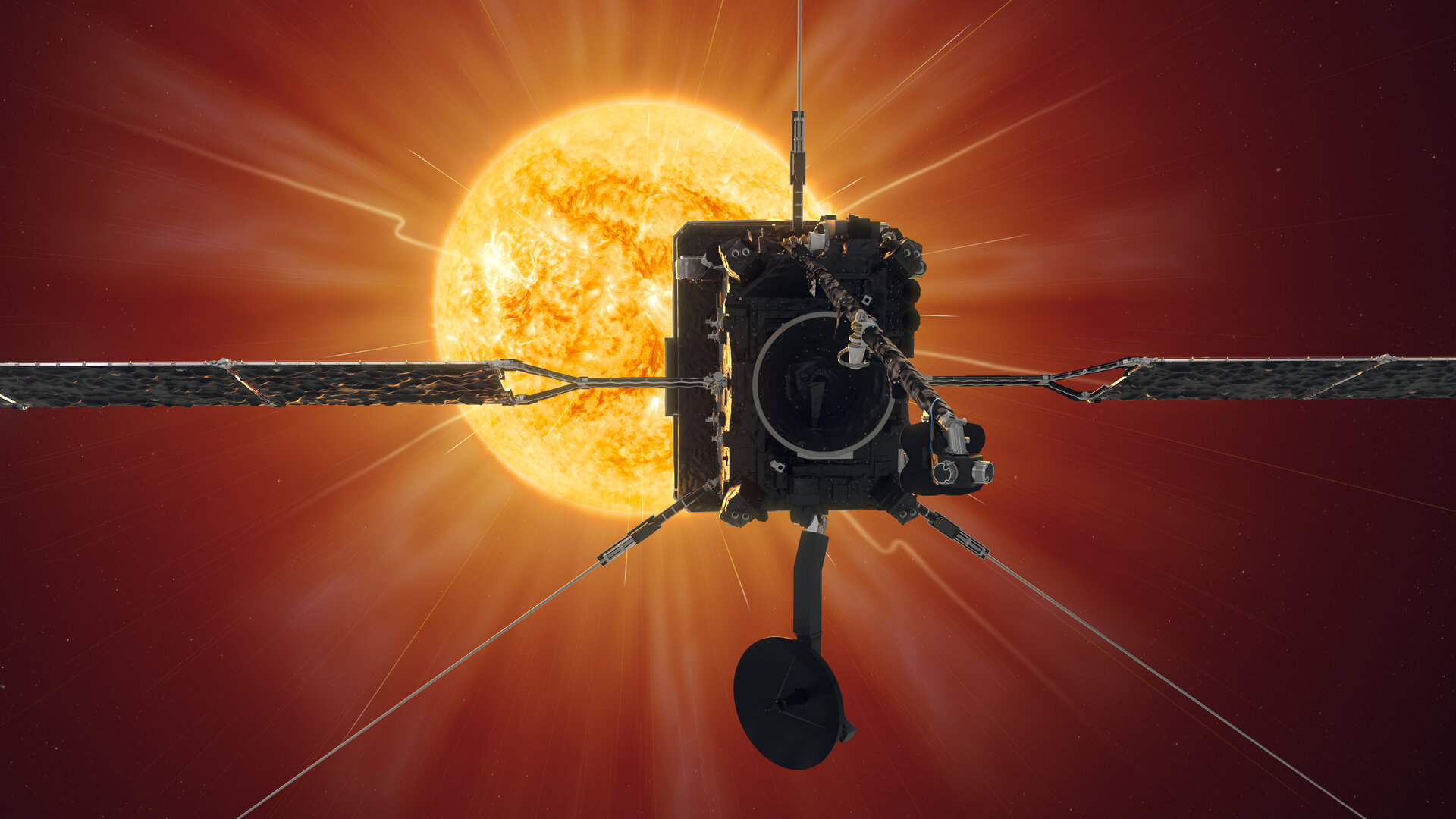
The European Space Agency's Solar Orbiter has, for the first time, traced the solar wind in space to a specific location on our sun's surface, opening a new way to study the origins of solar winds, scientists reported on Tuesday (May 28).
"This was a key objective of the mission and opens the way for us to study the solar wind's origin in unprecedented detail," Daniel Müller, the ESA project scientist for Solar Orbiter, said in a statement.
Related: Spacecraft captures absolutely incredible video of plasma swirling on the sun
"Solar wind" refers to pockets of charged particles blasted from our sun, which are sometimes directed toward Earth. A rare cluster of such storms sparked breathtaking auroras around the world earlier this month, which were likely the strongest in the past 500 years. Such intense geomagnetic storms are also a threat to our electrical grids and satellites, which is why scientists continuously monitor the sun's activity and try to predict its tantrums.
Yet, despite decades of research, details about the origins of the solar wind remain murky. Scientists have suspected the streams of charged particles carry unique identifiers about regions on the sun they emerge from, but those "footprints" are often smeared out by the time they reach Earth — and that's where previous studies on the topic were conducted.
One of the main goals of Solar Orbiter was to help scientists find those footprints and use them to trace the solar wind to specific regions on the sun's surface. The probe launched in 2020, equipped with remote-sensing instruments that can observe the sun in "real-time" and in-situ instruments, which can catalog solar winds around the spacecraft. Data from both kinds of instruments allow scientists to connect the dots from what the probe sees occurring on the sun to what it "feels" at its location when the solar wind arrives a few days later, according to the ESA.
When the probe glided inside the orbit of Mercury in March 2022 during its first close approach to the sun, it cataloged the chemical makeup of solar wind streams it encountered. This chemical composition is known to differ depending on where the stream emerged from, and helped scientists trace a type of slower-moving solar wind, which travels less than 310 miles per second (500 kilometers per second), to its source on the sun.
"We saw a lot of complexity that we could tie back to the source regions," study lead author Stephanie Yardley of Northumbria University in the U.K. said in the statement.
More specifically, from the probe's images of the sun's surface, scientists could pinpoint streams of slow wind blasted from regions on the sun where two kinds of magnetic field lines met: open, which are anchored to the sun on one end, and closed, which are the bright loops rooted on both ends. This proved a theory that posits the slow wind escapes from closed magnetic field lines via their breakage and reconnection, scientists say.
"The instrument teams spent more than a decade designing, building and preparing their sensors for launch, as well as planning how best to operate them in a coordinated way," study co-author Christopher Owen of the University College London said in a statement. "So it is highly gratifying to now see the data being put together to reveal which regions of the Sun are driving the slow solar wind and its variability."
This research is described in a paper published Tuesday (May 28) in the journal Nature Astronomy.







